
 |
|
|
|
#1
|
||||
|
||||
|
Here is what I found a few years ago. Again, nothing on these in a 7x50 configuration.
"As part of a Canadian Army standardisation programme for all manufacturers and makes/marks of No. 2 binoculars, Beaconing Optical & Precision Materials of Ganby, QC (BOP) was approached to modify three (3) binoculars, Prismatic, No 2 Mk 2, manufactured by Universal Camera (USA). These were serial numbers 11510, 14451 and 12721. The modifiations included work on; Axles, Hinges, Prism mounting plate, and; Fixing (cementing) the Prism. My documents show that the work was done for a cost of $280.00 'however the price for a quantity job will be considerably reduced'. This implies that a wide-ranging programme was contemplated. My copy of the original drawing clearly shows the BOP/Canada truncated oval logo."
__________________
Those who live by the sword will be shot by those of us who have progressed. - M38A1, 67-07800, ex LETE |
|
#2
|
|||
|
|||
|
As you are the man to ask, I have a picture of a bracket in an Armoured Observation Post. ( a Bren carrier built to use as an observation post for spotting etc for artillery units) The carrier has a wide opening shutter where the gun slot would normally be,for veiwing through, with bino's. On the inside is a swinging bracket, that looks like a support for the binos.( see pic below)
The question is; Were there any binos that were made to be supported/steadied on a central support.
__________________
Bluebell Carrier Armoured O.P. No1 Mk3 W. T84991 Carrier Bren No2.Mk.I. NewZealand Railways. NZR.6. Dodge WC55. 37mm Gun Motor Carriage M6 Jeep Mb #135668 So many questions.... |
|
#3
|
|||
|
|||
|
This is a little out of my area because I collect only hand-held binoculars, but the answer to your question is yes there were a lot of binoculars which would have been steadied on a central support. There was a class of large and heavy binoculars (10X80's and 12X60's) which were used by anti-aircraft units for aircraft identification and target acquisition the best ones probably being made by Zeiss. They were mounted on tripods and cowlings and enabled observers to ascertain bearing and elevation of targets. There is another class of naval deck mounted binoculars of the same size and I think also larger up to 20X again used for target acquisition and determination of bearing of target. There were other naval binoculars of low power such as 6X with a very wide field of view which were mounted on the conning tower of a submarine and were submersible to great depths. Again, in spite of the low power these were heavy binoculars. I have seen one made by Bausch & Lomb. Also, various holders and brackets were produced which would hold conventional hand-held binoculars, in WWII 6X30 being the standard infantry configuration and 7X50 the standard naval binocular. This is what the bracket you reference was probably meant to hold. In the sinking of the Bismark action, the first sightings of the German warships were made with a Barr & Stroud CF41 7X50, the standard hand-held British naval binocular, which had been mounted on enemy bearing indicators.
I hope this answers your question. Most of what I've described is correct, but I do stand to be corrected on the details by someone out there who is more knowledgeable in the area than I am. Frank |
|
#4
|
|||
|
|||
|
Thanks for all of that. The collective knowedge base here is amazing.
I was considering a post to ask the question, and when this thread came up, I just had to ask.
__________________
Bluebell Carrier Armoured O.P. No1 Mk3 W. T84991 Carrier Bren No2.Mk.I. NewZealand Railways. NZR.6. Dodge WC55. 37mm Gun Motor Carriage M6 Jeep Mb #135668 So many questions.... |
|
#5
|
|||
|
|||
|
In the late 1980's (?) there were many pairs of 7x50 REL binoculars sold at Crown Assets sales in the Toronto area. Amongst them I saw a few of the BOF 7x50 binoculars with the adjustable filters. I still have one pair: there are no broad arrows impressed into the leatherette as shown on Mike's binoculars but the markings are generally the same except that the right side is embossed C.G.B. 57 G.A.
R.E.L. 7 x50 7212-C There are no other markings such as date etc. The 2 screw heads on eiher side of each filter selection knob are painted with red paint, I assume to indicate if they have been tampered with if the paint has been disturbed. ....... Brian |
|
#6
|
||||
|
||||
|
Hi Frank,
I was wondering if you could identify a monocular I have had in my collection for along time now.The only book that has a picture of one is David Gordon's book Equipment of the WWII tommy but does not say anything about it.Could you tell me anything about it?It is marked; O.S. 735 C.A./ BINO,PRISM No 5 Mk IV x 7 / REGd No 75250 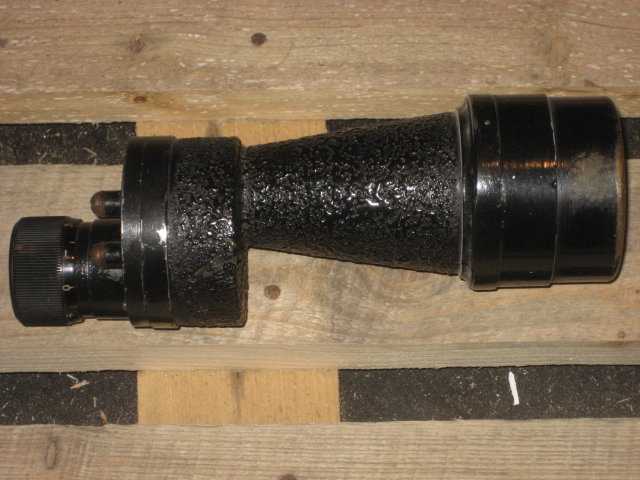 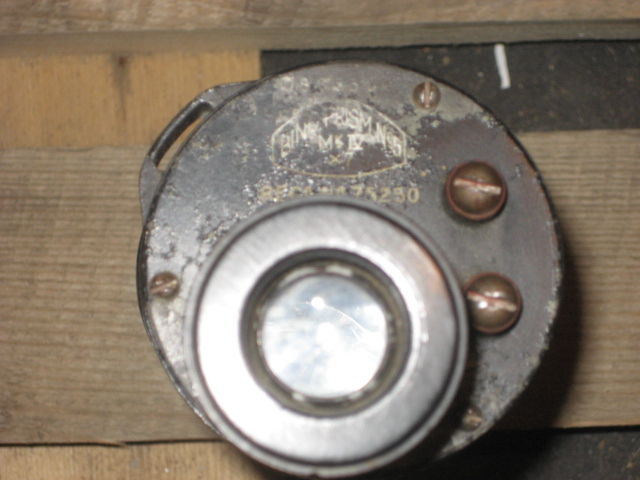 I also have a set of binoculars that were just identified to me as being an American set that were used by Canadian officers in WWI. They are C broadarrow marked on the left side and have ZEISS PRISM STEREO 6x30 /on the right is stamped BAUSCH & LOMB OPTICAL CO Rochester N.Y. The leather case has a C broadarrow stamped on top and the company logo stamped on the inside lid. 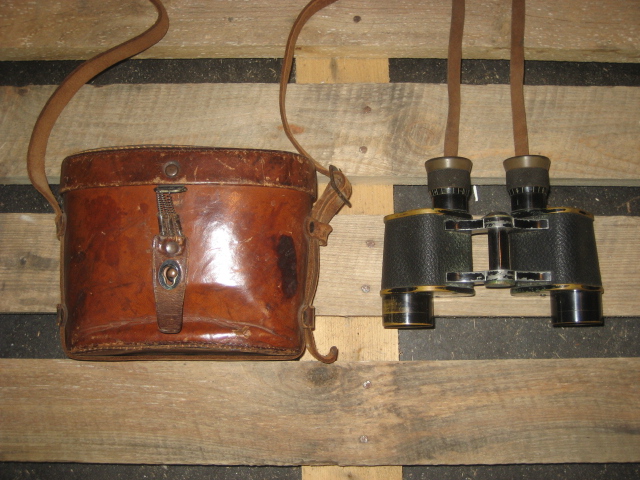 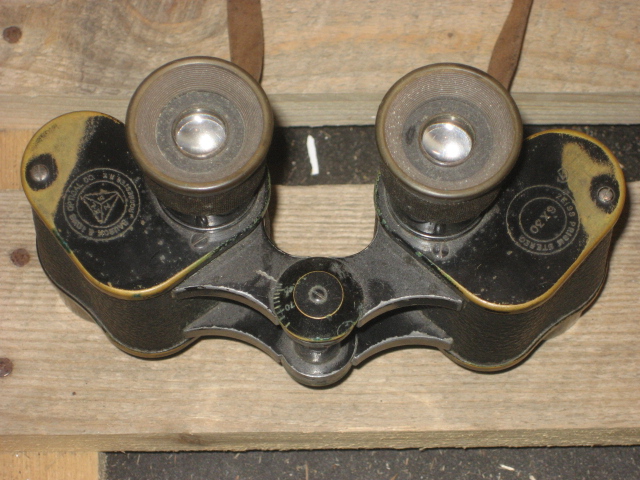 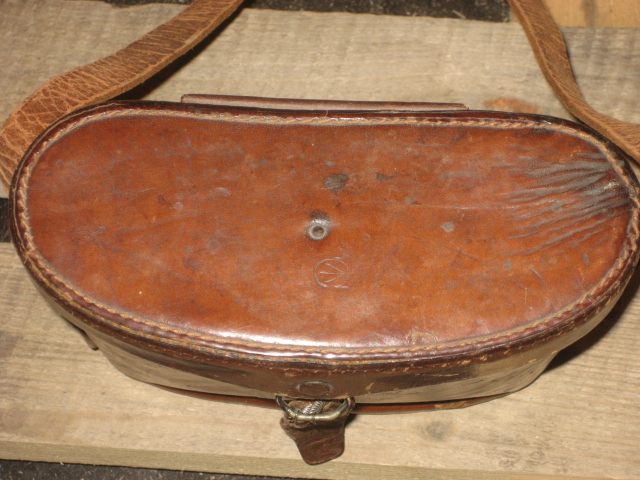 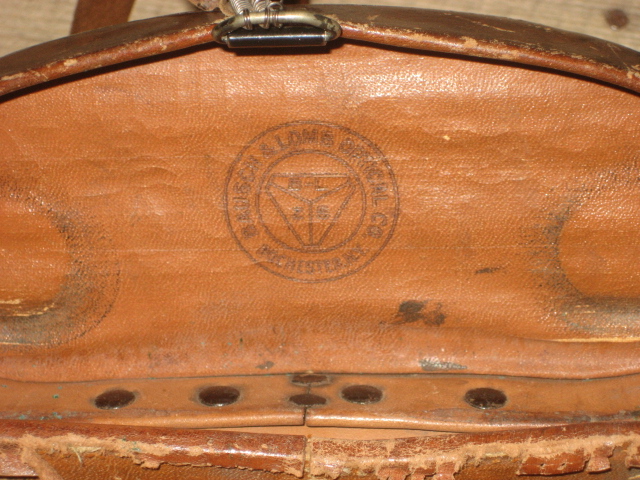 Here is a picture of the 46th battalion in 1915 at Camp Hughes.All of the officers are wearing the American Mills equipment 45 Colt sidearm and these binoculars. 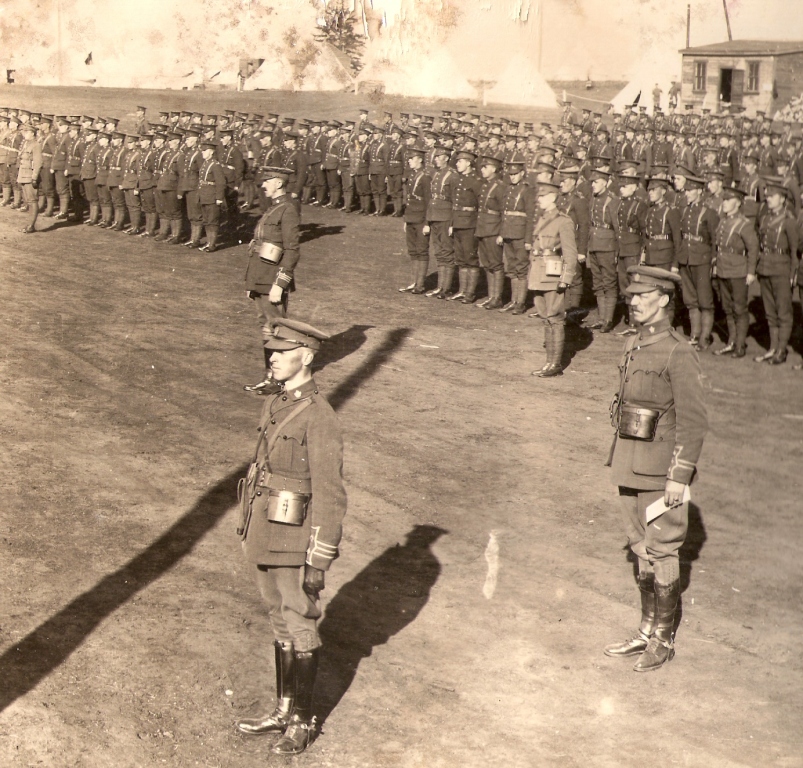 I also have a pair of the regular issue binoculars with a pair of broadarrows in the front.On the back is stamped;Right side/GRATICULES 1/2 APART AND 1/4;1/2;AND 1; HIGH/KERSHAW/1943 O.S.108-MA. Left side/BINO.PRISM No2 MK.IIx6 No186740. 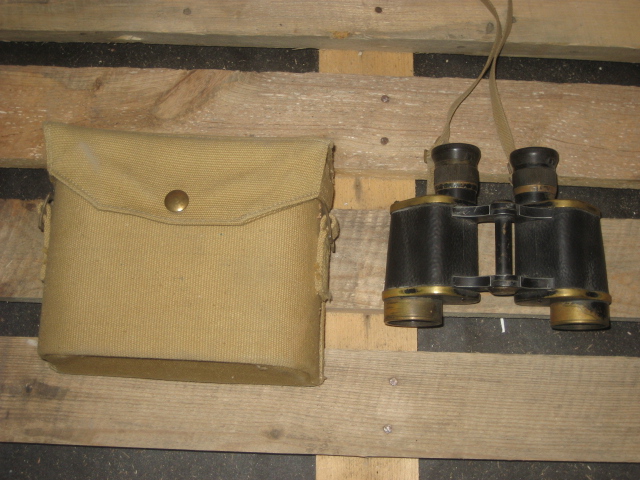 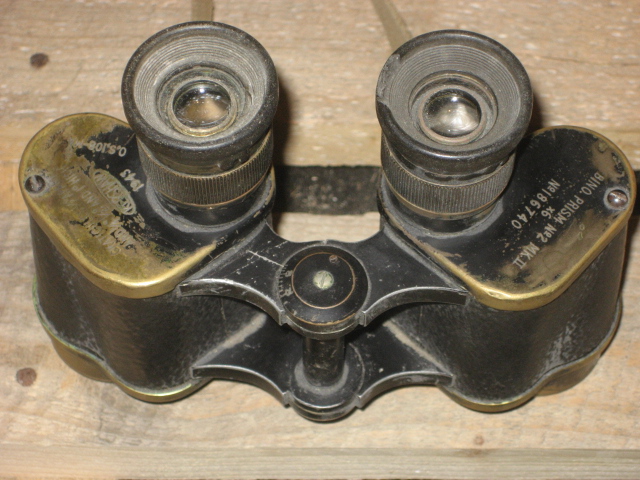 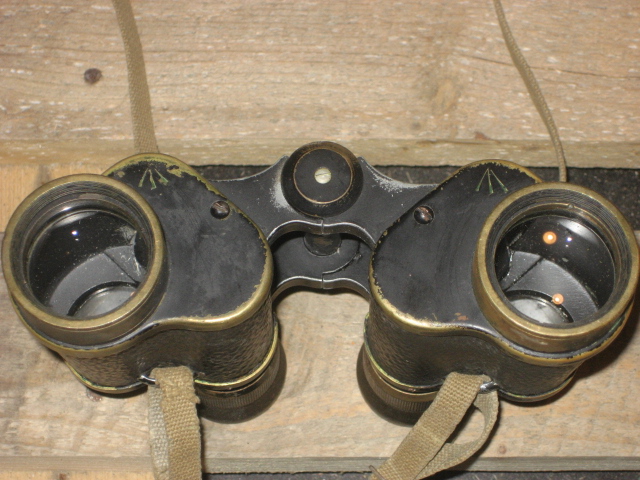
__________________
1942 Ford universal carrier Mk 1 1943 Ford 60 cwt long CMP ambulance 1943 Ford GPW 1/4 ton stretcher jeep 1943 Bantam T-3 1/4 ton trailer BSA folding airborne bicycle ser#R5325 (early) |
|
#7
|
||||
|
||||
|
My last pair I have were just released from crown assets last year and are marked; left side/No5 CDN.Mk 2/4 /crossed out is;C.G.B. 40 M.A./ 7x50 /26090-C and C Broadarrow marked.Right side crossed out is;graticule mil scale 10 mils apart & 5 mils 10 mils & 20 mils high / REL/CANADA 1945 /cal/canada 1950. Stenciled in blue ink is C 5.
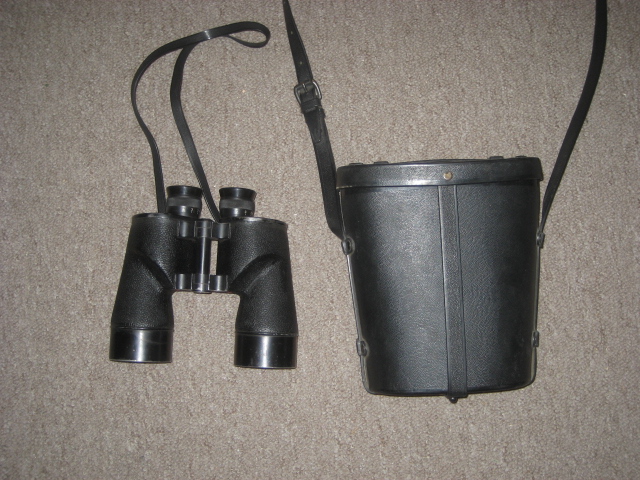 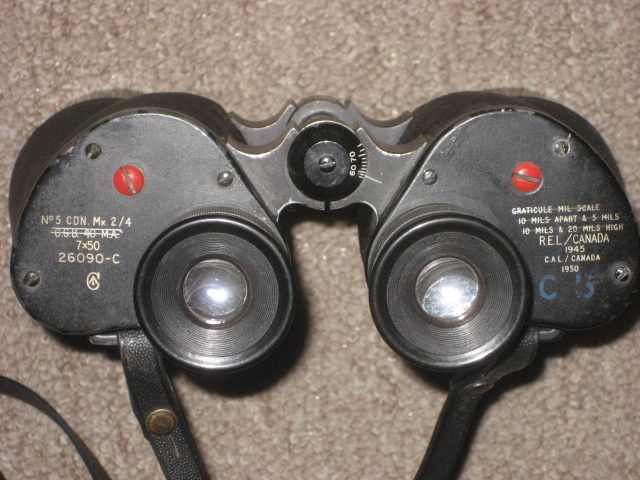 Derk.
__________________
1942 Ford universal carrier Mk 1 1943 Ford 60 cwt long CMP ambulance 1943 Ford GPW 1/4 ton stretcher jeep 1943 Bantam T-3 1/4 ton trailer BSA folding airborne bicycle ser#R5325 (early) |
|
#8
|
|||
|
|||
|
Derk,
Your Binoprism No. 5 Mk IV monocular is unusual and the first one I've seen. This is what I've been able to uncover so far. The Binoprism No. 5 Mk IV binocular was introduced November 1941, and the black crackle finish such as your monocular has was introduced 1942. In 1947 the color of the finish of the Binoprism No. 5 Mk V was changed from black to olive drab. Since there is no mention of No. 5 Mk IV's in that directive, I'm guessing the model was no longer manufactured by 1947. Does your monocular have coated lenses? If so, it was likely made 1945 or later. Your monocular was probably manufactured by Ross who made most of the Binoprism No. 5's, but there were other manufacturers such as Nottingham Instruments Ltd. Ross' 1939/40 catalog does list a 7X50 Porro II monocular called the "Stepmonite". Also, as of 1941 the British army manuals reference several monoculars but none as far as I can tell were Porro II's like yours. I'm surprised your glass doesn't have a crowsfoot marking, but I'm not positive all British military glasses had it. If it was used by the Canadians, it may not have had it either. I've seen the O.S. marking before but don't know what is means. I'll let you know if I find out. That is a terrific REL you have. What are its optics like? Also, how do you locate Crown Assets sales? |
|
#9
|
|||
|
|||
|
Brian,
Thank you for the response. Do your BOP's have coated lenses? Also, in addition to the dry air ports on the back does it have 1 dry air port on each side at the front? Last edited by WpgBinocular; 22-04-10 at 23:24. Reason: grammatical |
|
#10
|
|||
|
|||
|
I don't know how to recognize coated lenses. If dry air ports where the screws are then there are only on the rear covers; 2 per side as is shown in the original photo at the beginning of this thread. Incidently the strap is 1/2" wide leather, dyed black on the smooth side and rough natural leather on the rear and edges.
.... Brian |
 |
| Thread Tools | |
| Display Modes | |
|
|